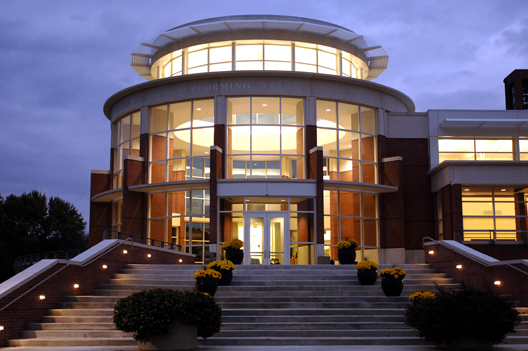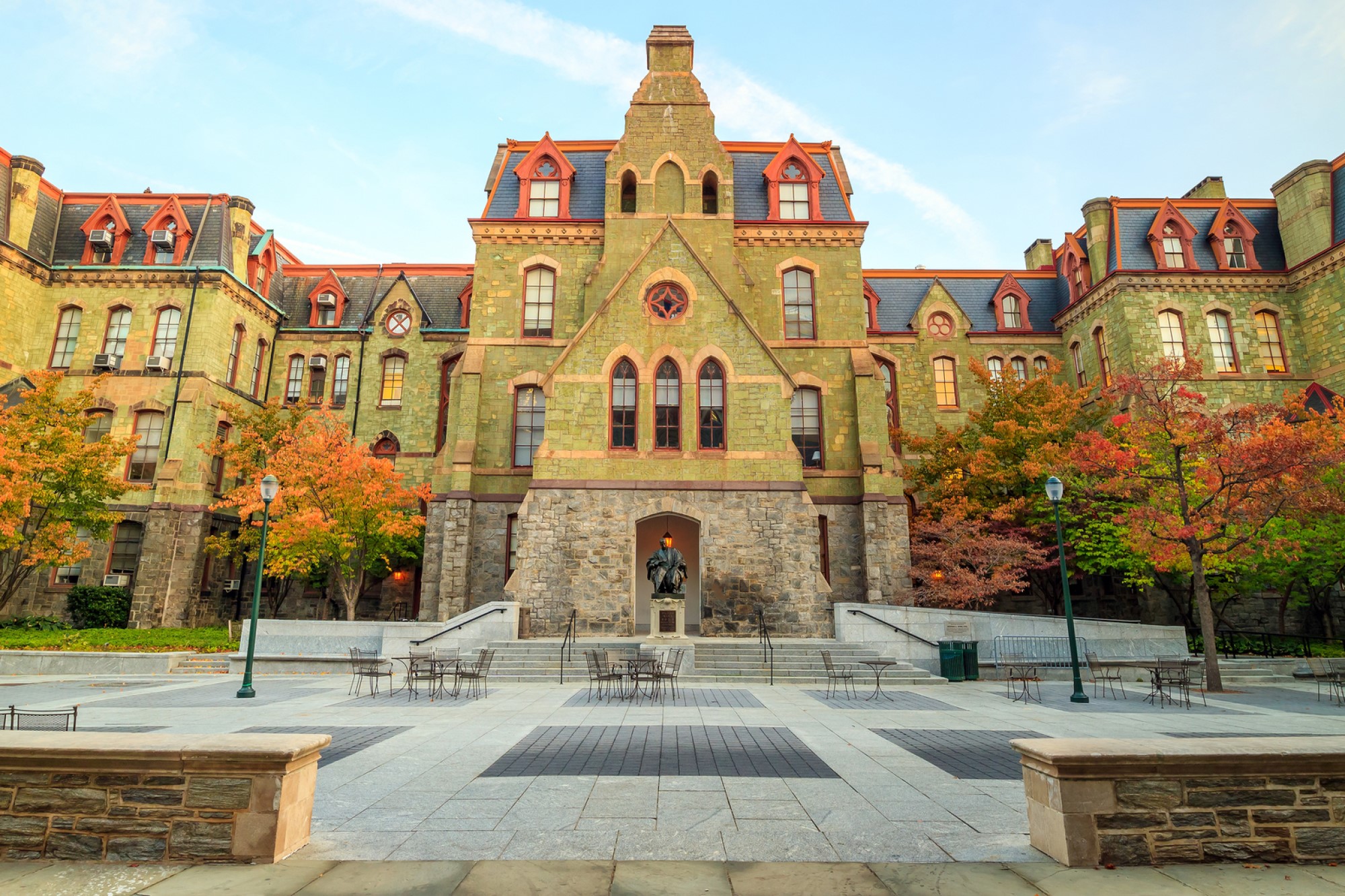Should DePauw be Concerned about First-Year Students of Color?
DePauw’s student of color community is incredibly unique, in the sense that each and every individual hails from a myriad of backgrounds. However, their diversity can call for major adaptation when coming to DePauw, a predominantly white institution (PWI). The process of adaptation can be made even more difficult if a student of color’s identity is tested through negative interactions with their white counterparts, as well as negative forces that push into DePauw’s campus.
Although DePauw has made commendable efforts to alleviate some of the issues that first-year students of color and all students of color may face, racially charged events that have occurred at the beginning of the school year for the past few years can alter the view of how first-year students of color see DePauw and set a precedent for how their experience at DePauw can be. With that in mind, should DePauw be concerned about how current first-years and future first-years will move forward during their time on campus? And how should the administration enact its responsibility in making sure that first-year students of color feel that their identities matter?
The recent feces incident in Humbert Hall continues a trend of racially charged incidents that occur towards the beginning of the school year. The first incident based on race occurred in 2015 when Brother Jed’s Campus Ministry USA, a group of evangelicals who conduct hateful protests on college campuses, touched down on DePauw’s grounds. The group’s message disagreed with students all over campus, especially students of color after Brother Jed began directly targeting them. In retaliation, students of color began counter-protesting. All around the area where Brother Jed was protesting, students blasted music and cheered, “I believe that we will win” and “black lives matter,” according to Nick Wilson, a staff writer at the Banner Graphic.
Per Wilson, the skyrocketing of tension called for officers from DePauw Security, the Greencastle Police Department, the Putnam County Sheriff’s DePartment and other police forces from around Indiana to create a barrier between students and Campus Ministry USA’s members. Brother Jed was protesting on private property, so DePauw couldn’t ask them to leave. However, there should have been an alternative to separate students from the conflict. The barrier between students and Brother Jed seem to emulate scenes from Black Lives Matter protests, where people of color clash with police clad in riot gear, an image that DePauw would most likely prefer to stay away from creating.
After the fallout with Brother Jed, DePauw held a campus-wide talk, discussing the racial implications of what happened. A discussion seems like a good start for the healing of students but was it really enough? DePauw was engaging with the entire campus community, but it seems that Brother Jed was specifically targeting people of color. DePauw interacting with the greater campus community was somewhat beneficial, but perhaps they need to better engage with the student of color community whom the Brother Jed incident seemed to affect the most. Events like the Brother Jed incident can greatly influence a student’s view of the campus, especially first-years who expect the university to ensure their safety and as first-years of color, who expect the university to help ensure their identity.
One year later, around the same time that Brother Jed came on campus, racial tension manifested again on DePauw’s campus, after someone wrote a racial slur on a student of color’s door in Humbert Hall. In addition to this, the name tags of every student of color were ripped off their door. In response to what happened, DePauw put in motion for their Campus Climate Team to build a more inclusive environment. According to Madeline Smith, a staff writer for the DePauw newspaper, the Campus Climate Team offered optional racial diversity and inclusion programs.
Perhaps the fact that the programs were optional was a mistake made on DePauw’s part. Although DePauw is respecting the schedules of students by making the program optional, it limits the number of people who need to be having these racially charged conversations because people might just choose not to attend. How DePauw responded to the situation is why students of color were so frustrated. In order for first-years of color and students of color overall to better feel like DePauw is making an effort to protect their identity, DePauw needs to find a way to make the conversations about race be more prevalent in everyday student life. Everyone on campus needs to be involved in order to alleviate some of the looming issues that affect students of color on a PWI campus.
Once again, after the past two racially charged incidents, first year students of color are seemingly targeted when a student puts feces in front of their door. According to Bryttni Carpenter, a staff writer at the DePauw newspaper, the student who claimed responsibility for the feces incident said that he chose the students of colors’ door at random. Whether or not the recent Humbert incident was racially targeted or not, there has been a trend on DePauw’s campus for the past three years where students of color are attacked. DePauw has taken steps to regulate these issues with groups like the Bias Incident Response Team (BIRT), but the safety of students of color is still questionable based on the fact that one can ever be sure of how or when a racial incident can arise.
The racially charged incidents that have been occurring can easily propose the question of how first year students of color currently and future first year students of color should view DePauw and how they should go about experiencing their first year of college. If DePauw wants first-year students of color and students of color in general to feel that they can actually thrive on campus and experience campus through their own identities, DePauw needs to consider aggressively creating spaces for racial conversations to occur and needs to put students of color at the forefront with the greater DePauw’s community participation.





